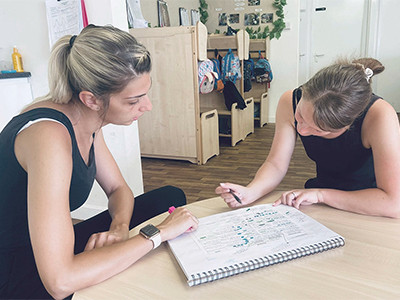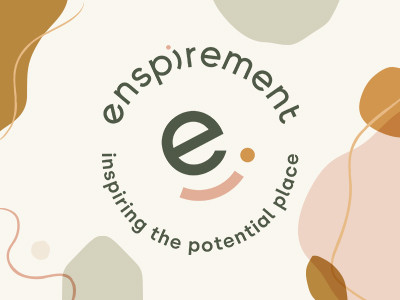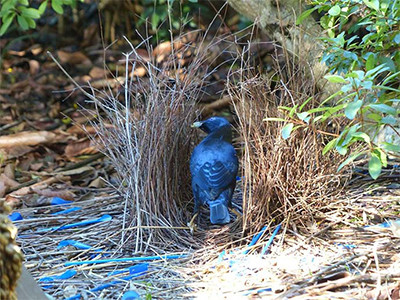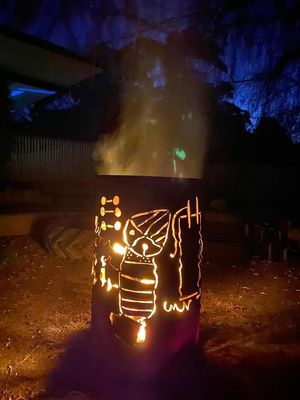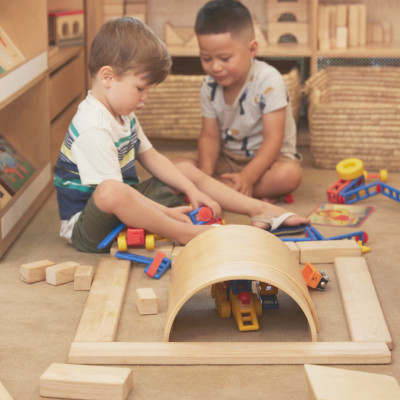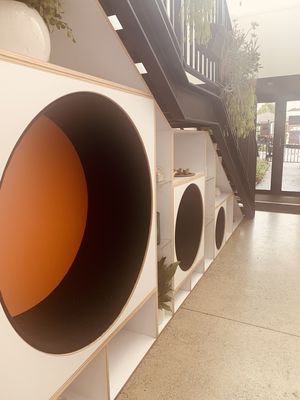“Spaces speak...Even though we cannot hear the classroom’s walls or floors talking, the equipment conversing, or the learning materials chattering, they are indeed speaking to us. They are telling us how to behave, react, engage and even think.”
Duncan, Martin & Keith, 2016.
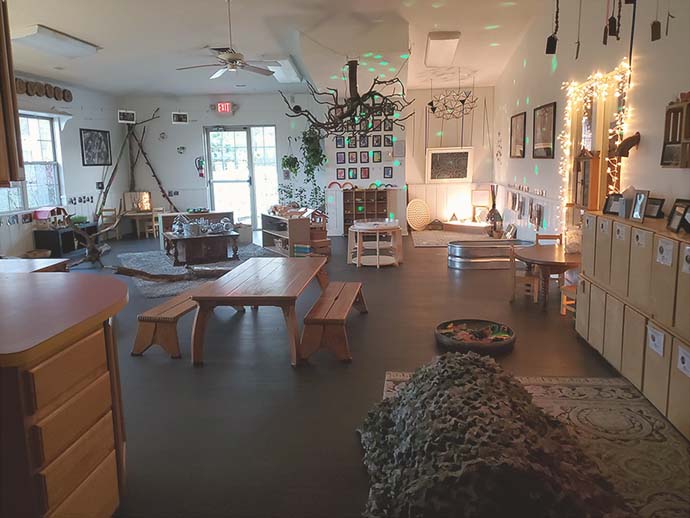
This space speaks in many ways. It speaks of the children that occupy it and their daily rituals and routines that have or will be taking place. Kid's Country Green, Ohio.
Think back to one of your fondest childhood memories. Who were you with? What were you doing? Where were you? You’ll probably find it’s not only the emotion, action, taste, or smell you recall - but also your environment.
Children grow faster and learn quicker during the first six years than at any other time in their life,1 which is why early childhood environments have a disproportionate effect on children’s learning. Whether it’s at home or in a group care environment, we talk about early childhood spaces being the ‘third teacher’, because of the way they impact how we feel, engage, discover, and think.
Enspirement co-founder, Michelle Pratt, walks us through her environmental design journey at New Shoots Children’s Centres in New Zealand and explains how well-arranged spaces enhance children’s development, support parents and educators, and can bring everyone closer to nature.
A 35-year commitment to environmental design for young children
Holistic design, where pedagogy is embedded into environmental design, is my long-standing passion. I have spent most of my career working in education, which has fueled my dedication to environmental design for young children.
I remember discussing this with one of North America’s leading experts on child care centre design, Anita Rui Olds, when she visited New Zealand in the early 1990’s. I was in absolute awe of the work she was doing. Her book, Childcare Design Guide, still sits with pride on my shelf and I refer to it regularly. I was saddened when she passed away, she truly was my hero.
It was at this time that I sat in her workshop and was taken on an explorative journey of my own childhood. This immediately sparked a memory of walking with my family through dense bush, feeling enveloped by nature and then led by the sound and then sight of a running stream. This space spoke to me - I loved the idea of my senses leading my journey. I have used this technique on many occasions to brief our architects and designers on how important it is for space to evoke feeling and encompass all of our senses.
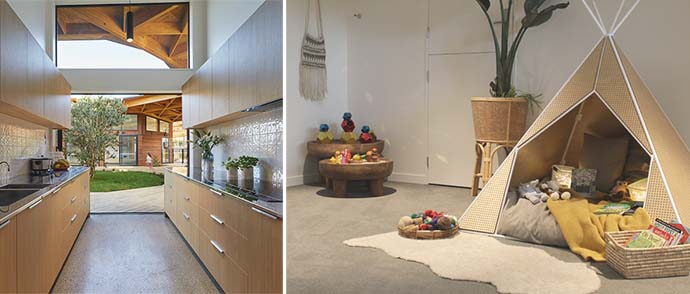
For example, a kitchen located within the heart of the building can say ‘come and talk to me about what I am cooking, smell the delicious food,’ and a teepee layered with cosy textures, books and fairy lights says come and snuggle up and have some time to yourself. Images of New Shoots Children's Centre, Kerikeri. Photographs taken by Amanda Aitken Photography
What this highlights is the hugely positive impact childhood experiences place on us throughout our adult life. These memories are important to us. They stay with us throughout our journey into adulthood because they’re forming a deep and positive connection to the place. A sense of comfort and homeliness that grounds us in the present moment. A moment that as adults, we often long for and strive to recreate. Anita Rui Olds describes this as a spirit of a place or genius loci.
"A spirited design satisfies children's souls...The spirit of a place denotes a setting whose integrity helps people feel more fully alive." Anita Rui Olds
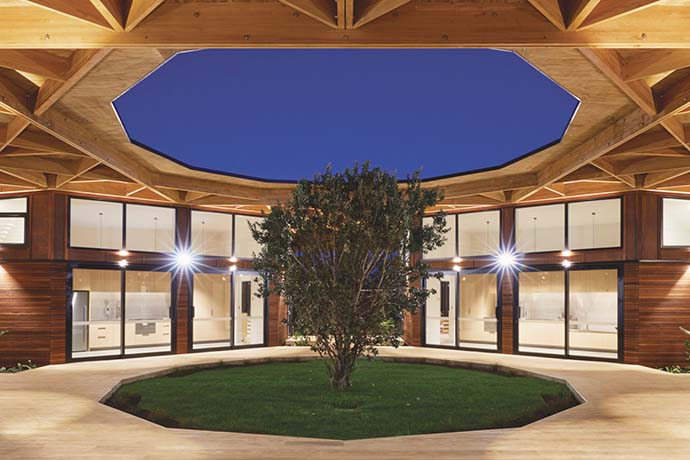
Images of New Shoots Children's Centre, Kerikeri. Photographs taken by Amanda Aitken Photography
Designing meaningful spaces for children, parents, and teachers
My journey at New Shoots Children’s Centres began with Nikki Prendergast over 10 years ago. A conversation was sparked about how we could achieve the best possible outcomes for children through early childhood education. We asked ourselves - what would this look and feel like? Since then, New Shoots has been driven by the notion that our spaces should ‘feel right’. This forms one of our core values and today, reflecting over the past 10 years, I can honestly tell you that while we haven’t always got it right (sometimes horrendously wrong!), we are constantly striving to evolve and push the boundaries to create truly beautiful and functional environments for children, educators, and parents.
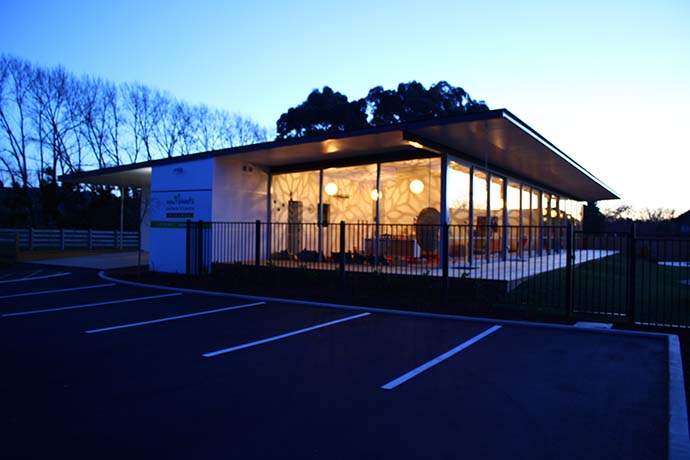
New Shoots Children’s Centre, Papamoa - the first of the group to open in August 2011.
“An environment is a living, changing system. It conditions how we feel, think, and behave; And it dramatically affects the quality of our lives.” Jim Greenman
With this in mind, we believe wholeheartedly that conserving and maintaining our internal environments and landscapes really matters and makes a difference. It matters for educators, it matters for parents, but most of all it matters for children. When you deeply connect with a space you take care of it at a greater level.
Four reasons environmental design is key for a thriving childhood
- Strong connections between the parent/educator and the child give better learning outcomes. Research tells us children have better learning outcomes when they feel happy and secure in their environment. Neuroscience Educator, Dr. Nathan Wallis, talks about the first 1,000 days being the most important period of a human’s life. The genetic make-up of the child and their environment contribute equally to their social and emotional development. Therefore, higher engagement of parents or educators within their early years environment means better outcomes for children.2
- Positive physical environments support parents/educators. The priority for educators to provide the best possible care and education they are capable of for children is a demanding and constant role. If an early years environment is well designed and contextual to that child, it allows educators the ability to engage more meaningfully with the children they educate and care for.
- Strong connections to nature within your environmental design supports good health. Research shows that introducing nature into our built environments has a profound impact on human fitness and quality of life.3 Over the years we have witnessed the disconnect to nature through built environments that lack natural light, poor ventilation, noise control, and miss opportunities to use natural forms and shapes to reflect nature.
- Well-ordered and beautiful environments enhance children’s development. Aesthetically attractive spaces arouse our interest, curiosity, imagination, and spark a sense of wonder. By contrast, when we lack visual contact with the natural world, such as a windowless and featureless space, we frequently experience boredom, fatigue, and in extreme cases physical and psychological abnormality.4
We know a child’s environment is important to the success of their learning outcomes and social and emotional development. But how can educators and parents create more beneficial and meaningful environments? What tools do they have to fuel their inspiration and drive? That’s where Enspirement comes in. It’s inspiration for our environments. By providing a platform where educators and parents can collaborate, share, and be inspired, I believe we will see amazing things happen.
We love seeing how creative educators can be. Show us what you are capable of!
![]()
References
- Principles and Developmental Objectives of EECE, Dr G. Baradha
- Social and Emotional Development in the First 1000 Days, Dr Nathan Wallis, Early Years T.V., 2020
- The Practice of Biophilic Design, Stephen R. Kellert, Elizabeth F. Calabrese, 2015
- Kellert 2012, Browning et all 2014
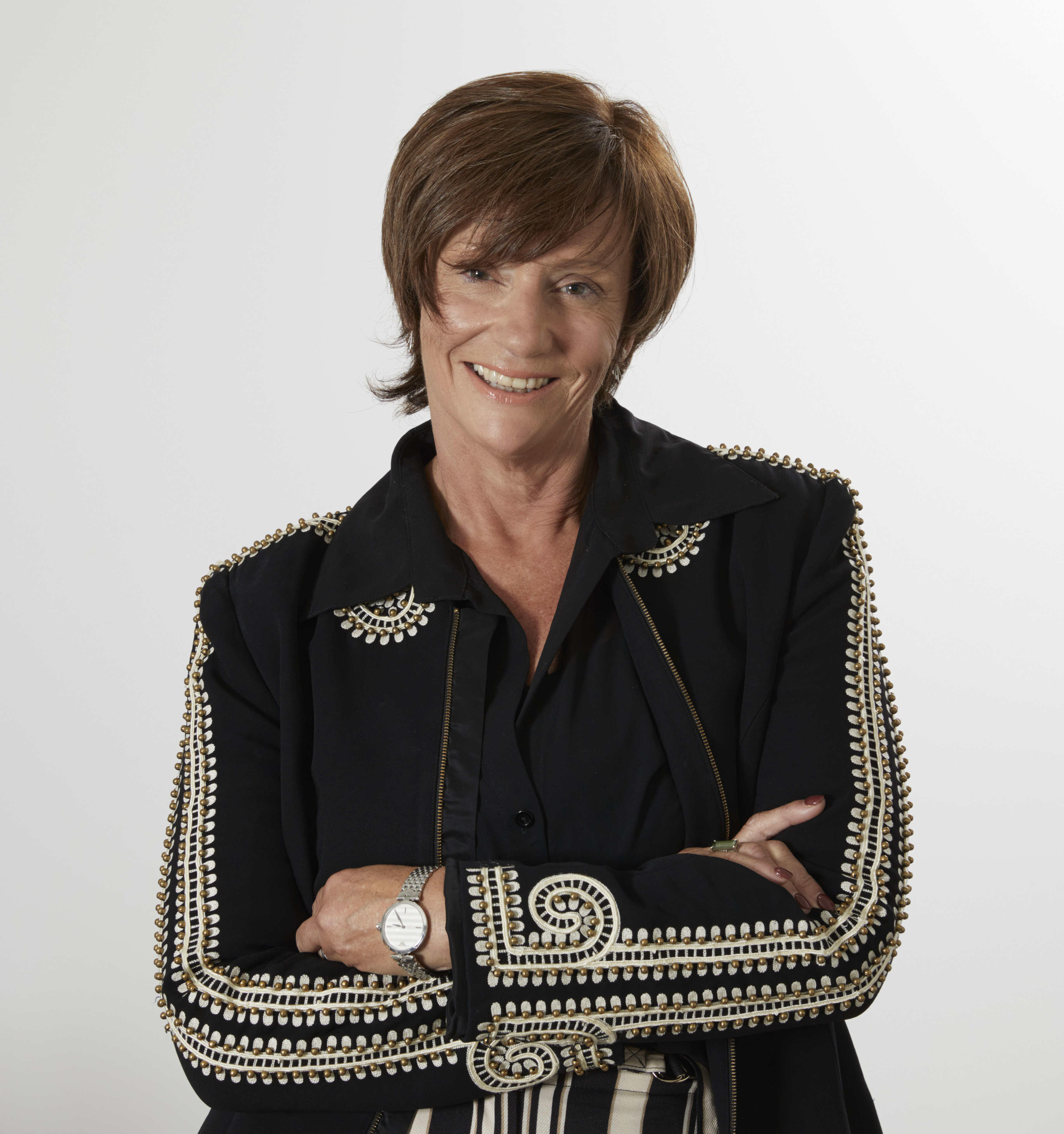 Michelle Pratt
Michelle Pratt